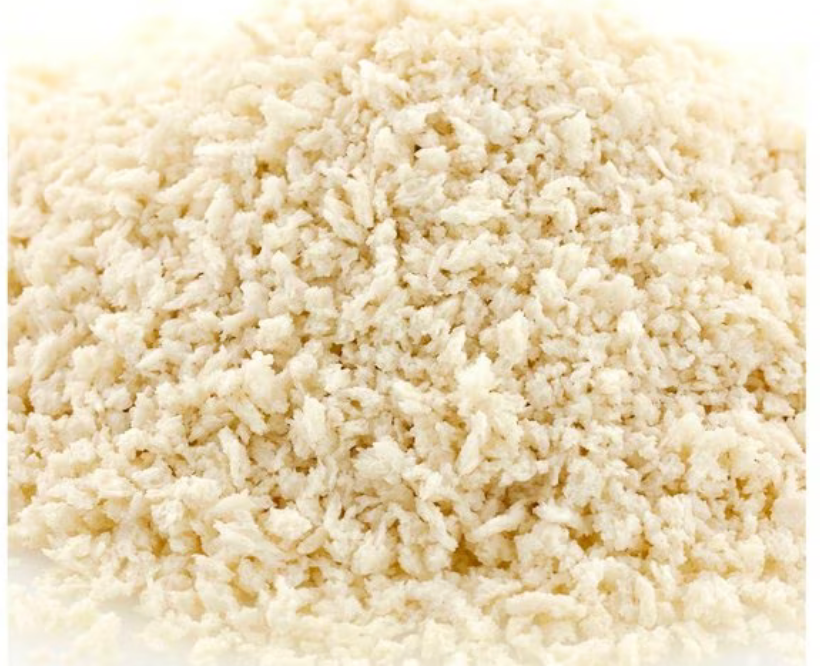This week’s parsha starts out with instructions regarding how long a new mother is considered tamei (impure) after giving birth and the sacrifices that are to be made as she ends that period. There’s something about assigning impurity at childbirth that made me bristle. It didn’t help that one of the translations states it as unclean. But then I tried to look at it from a different angle. I remembered that the Torah has lots of things that make a person tamei, many dealing with bodily fluids and life and death and it didn’t single out women. And then, even more so, I realized that

this period of being tamei also gave the new mother a break. She wouldn’t be asked to do most of her regular activities (like cooking) because she could transfer the tamei. Instead, she would have time to heal and be with the infant. Many cultures have rituals and traditions for post-partum women to heal. In honor of this break, I would make a traditional post-partum food. There are lots out there (here’s a list of several) and they tend to focus on being warming, full of nutrients, and with lean protein. I’ve chosen to make a Squash and Red Lentil Soup.

The parsha then delves into a lengthy and graphic description of tzarat. This is often translated as leprosy, but this is a mistranslation (starting with the Greek translation in the 6th century). Tzarat has no relation to the disease we know as leprosy. In the descriptions of tzarat there is a discussion of the scaly nature of the affected skin. Any dish with a panko crust would work (I’m thinking of panko crusted chicken cutlets) – just don’t think too much about what it represents while eating it so you can enjoy the meal!
Finally, if learning that tzarat being called leprosy was a mistranslation isn’t enough to convince you that tzarat is not leprosy, perhaps knowing that cloth can get tzarat will. This week’s parsha wraps up with information and instructions on what happens when cloth – wool or linen – is afflicted with tzarat. As Rambam says, this is not a natural occurrence. Tzarat appears on cloth to symbolize that one has committed a transgression and God has turned away from that person. The Kli Yakar gets more specific and says it happens when someone is haughty or arrogant. While it’s not excactly the same, I think there are times that outward clothing can project haughtiness or arrogance. This parsha could be an interesting time to consider how what we wear gives impressions to others who see us (and when it matters and when it doesn’t.) To get that discussion going, I want to suggest making Wool Bread. According to a March 2021 article “recently wool bread has been the hottest trend”), but I missed the trend 3 years ago. I just found it when googling “foods that look like wool.” It's said to look like a skein of wool yarn. As this recipe suggests you can fill it will all manner of things, so you can make it a savory side or a sweet side or a dessert. (Sub your preferred pareve milk if you want it to be pareve.)

Shabbat Shalom & B’Tayavon

Comments